Concealed Carry Corner: How Semi Autos Became King

Welcome back to another edition of Concealed Carry Corner. Last week, we took a look at some of the features which make a handgun easier to conceal. If you happened to miss that article, be sure to click the link here to check it out. This week, I want to take a closer look at how the market has drastically shifted from snub nose revolvers to small semi-automatic pistols. How did we get here? Let's take a closer look at how semi-autos became king.
The Benefits of Semi-Auto Carry Guns
When it comes to concealed carry handguns, it's truly hard to beat a smaller semi-auto gun, especially with the modern options giving you the capacity of a full-size pistol in a smaller concealable package. The two main factors that semi-autos have over revolvers are the ability to reload quickly and capacity. You can have a 15+1 capacity in a subcompact handgun with an extra magazine that offers an additional 15 rounds. Revolvers will typically have 5-7 rounds with a few different methods for “fast reloads” like speed loaders, moon clips or speed strips. Even despite all the different methods of having spare ammunition on you, it doesn't come close to a single spare magazine from a semi-auto.
The fact that the small semi-autos are not only easier to use but far more capable is the biggest reason they have become a dominating force in the gun market. Another important aspect between semi-auto and revolvers is the overall trigger pull weight. Most modern revolvers have an internal hammer to create a snag-free system, but as a result, they oftentimes come with heavy double-action triggers. Having a heavier trigger weight can be a positive selling mark if you want to throw it in a coat pocket and head to the store, but having the ability to train with a consistent light-weight trigger makes a snub nose revolver a difficult gun to regularly train with. Having an easier striker-fired trigger is certainly better for consistent training and typically is a better starting point if you're new to both carrying concealed and shooting guns in general. A heavier double-action trigger can develop bad habits and while it has its benefits, it's not a great choice for a first-time concealed carrier.
Why Revolvers Lost Popularity?
There's no denying, back in the 1970s and even into the 1980s, revolvers were the best choice and most common option for someone who wanted to conceal a firearm and have a reliable option for their protection. The truth of the matter is, times have changed and the technology in revolvers simply hit their limit. The natural progression was to move towards semi-automatic pistols because fundamentally, revolvers are just limited in capacity.
Now, there are certainly options like the Smith & Wesson 340 PD I looked at earlier this year. That's a fantastic example of how modern metals and machining processes can create an extremely powerful revolver while making it one of the lightest options on the market. Despite all that, it still has a capacity of just five rounds, which shows revolvers have a fundamental flaw of low capacity despite the latest and greatest machining processes. The overall design naturally limits capacity, where semi-auto designs allow for more capacity with advances in magazine design allowing for small improvements without changing the original design. While certain situations certainly make sense to carry a revolver, it's just not the easiest or first choice anymore compared to lighter options with more capabilities.
Shooting Comfort
This argument may hurt some feelings, but the idea that the best handgun for a woman is a snub nose revolver is just plain wrong. Carry revolvers are typically lightweight with minimal capacity and with no reciprocating parts, the shooter will take almost 100% of the recoil from the round fired. Having reciprocating mass like a slide will dampen recoil and take some of the recoil out of your hand. Combine the different recoil impulses with a double-action-only trigger and you can have a rather difficult gun to fire. Of course, there are larger revolvers out there which have an exposed hammer, but I want to look at concealed carry internal hammer firearms since those are the most common option. Having something like a Glock 43X or Glock 48 can not only offer more capacity but also offer a more pleasant shooting experience, so new shooters don't develop bad habits from long, heavy triggers or aggressive recoil.
Overall Thoughts
While I think revolvers are a fantastic option in certain situations and are still absolutely fun to shoot, revolvers also have limitations, which makes semi-automatic handguns the better option for everyday carry. I certainly have carried both options, but if I had to pick just one, I would go with a semi-automatic compact handgun over a snub nose revolver. I know some of you are big supporters of snub nose revolvers, so be sure to leave your thoughts down in the comments below. If you have questions about carrying concealed or firearms in general, feel free to shoot me a message on Instagram @fridgeoperator. Stay safe out there and we will see you next week for another edition of Concealed Carry Corner.
TFB’s Concealed Carry Corner is brought to you by GLOCK

I'm an avid shooter and love educating whether it's at my job or in the shooting community. I'm an average joe that really loves talking with other people about firearms and other passions.I'm active on Instagram on @fridgeoperator.
More by Matt E
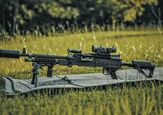
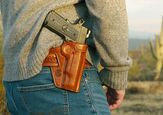
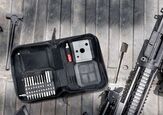








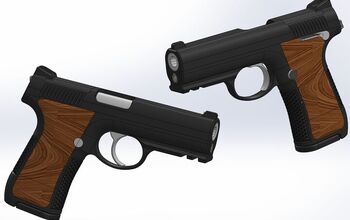
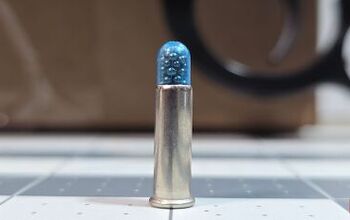
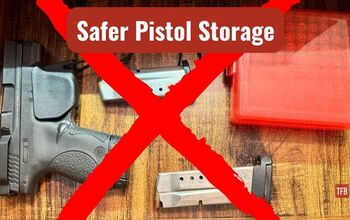




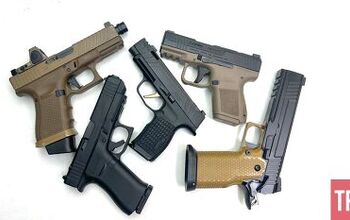
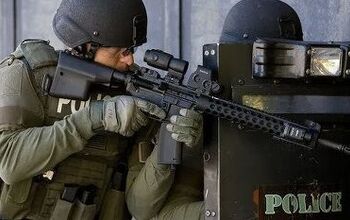




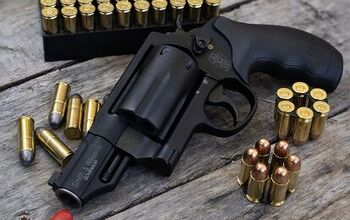
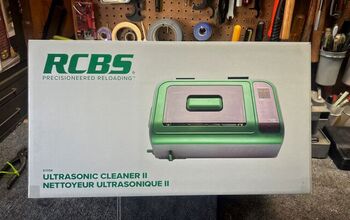
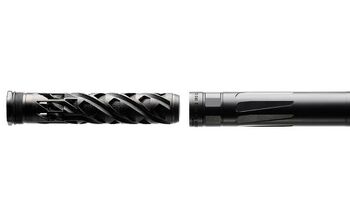
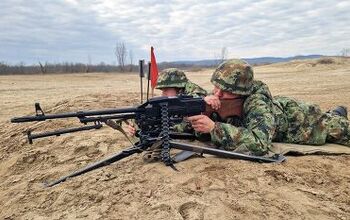

Comments
Join the conversation
In the training video the Bureau made regarding that incident, Mireles says you should carry as much extra ammunition as you possibly can, so I'm guessing he had to reload at least once.
I'm disabled and am confined to a wheelchair I can only use one arm efficiently so to avoid any possibility of limp wristing which had become a problem a snub nose Ruger LCR in .327 federal Magnum with a crimson trace is my go to gun I live a sedate life and if those six rounds aren't enough then perhaps the good Lord has decided my time has come